Website Designed By
www.WhamoWebsiteDesign.com
www.WhamoWebsiteDesign.com
New Clients I About Us I Starter Guide I Portfolio I Affiliates I Tips & FAQ I Lighting I Shop I News I Careers I Contact Us

We'd Love to Hear About your Home and Business Projects!!






Contact us or call to find out how we can help.
www.Info@Capital10Interiors.com
www.Info@Capital10Interiors.com
Design Home
Design For Homeowners
Redesign Services
The Design Process
3D Modeling
Building With 3D
Outdoor Design-Building
Design Trends
The Remodeling Process
Coaching For Do It Your-Selfers
Design For Homeowners
Redesign Services
The Design Process
3D Modeling
Building With 3D
Outdoor Design-Building
Design Trends
The Remodeling Process
Coaching For Do It Your-Selfers

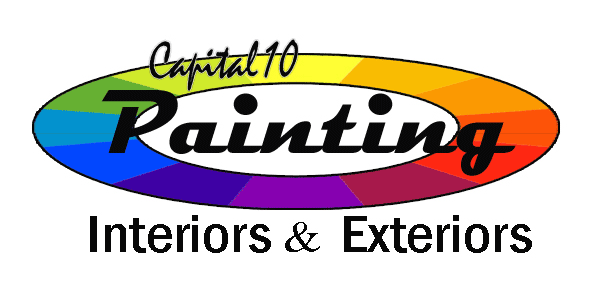




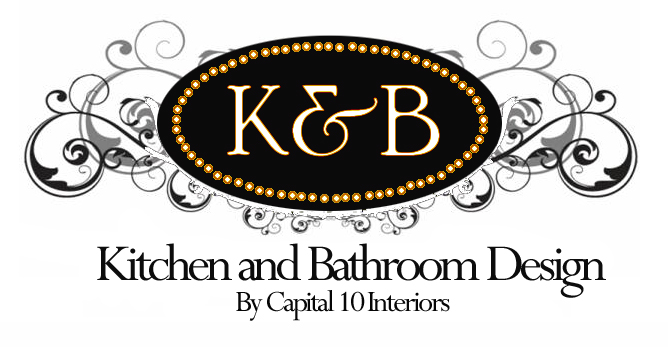



3D Modeling For Design-Build
Taking The Guess Work out of Change
Taking The Guess Work out of Change
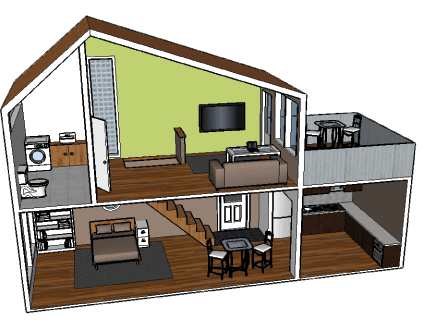
Coceptual Drawing's
Every life and home style is unique. The Design/Build process itself will have its own special conditions. A set of Drawings will assume the unique characteristics of each situation and our approach so the document's sequence may not appear exactly as below described; however, to be complete and correct, all elements should appear.
Every life and home style is unique. The Design/Build process itself will have its own special conditions. A set of Drawings will assume the unique characteristics of each situation and our approach so the document's sequence may not appear exactly as below described; however, to be complete and correct, all elements should appear.
Why Hire a Designer and Plan your Model's?
A major concern for homeowners, suppliers and contractors alike is the lack of a complete set of drawings, specifications and conditions.
Rather than suggest we will implement one method of acquiring a home design over another, it may be best to consider what all Drawings have in common. All Drawings are created through a planning and design process from Schematics, to Design Development, to Contract Documents, to Bid/Negotiations, through Construction Observation. Whether the Drawings are stock or original design, there are universal elements common to all Drawings.
A major concern for homeowners, suppliers and contractors alike is the lack of a complete set of drawings, specifications and conditions.
Rather than suggest we will implement one method of acquiring a home design over another, it may be best to consider what all Drawings have in common. All Drawings are created through a planning and design process from Schematics, to Design Development, to Contract Documents, to Bid/Negotiations, through Construction Observation. Whether the Drawings are stock or original design, there are universal elements common to all Drawings.
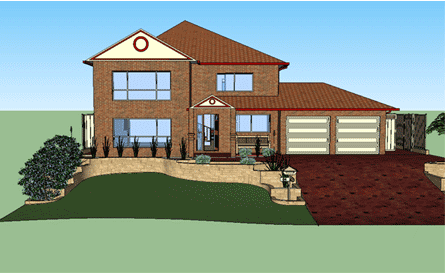
Site Plan: This bird's eye view of our site shows the lot boundaries, the structures on the lot, any existing features, and the compass direction. It should also indicate any required setbacks and topography contours.
Foundation Plan: This drawing shows layout and dimensions of slab-on-grade, basement or crawlspace walls depending on what best fits our site plan. It indicates how the underpinning structure of your house is supported by the earth below it.
Floor Plan: This drawing shows the room layout of your home. It's the most user-friendly page of the Drawings because it indicates room use, doors, windows, fixtures, cabinets and built-ins. Most of the construction details originate from the room layout of the home.
Framing Plan: This drawing is an oversimplified floor plan showing just the walls. Besides that, the joists, trusses and beams are usually depicted so the structural aspect of the building is revealed.
Roof Plan: This drawing is a top view of the entire roof system, including ridges, hips, valleys, rakes and eaves. It may also indicate where gutters and downspouts are located.
Mechanical Plans: This drawing is an oversimplified floor plan showing the location of electrical, plumbing and HVAC details. If the house is complicated, a different sheet is dedicated to each trade specialty separately.
Elevations: This drawing shows the front, side and rear exteriors of the house. This drawing of the house provides a flat, straight-on view so you can see the siding, windows, doors, and the entire outside of the building from ground floor to roof ridge.
Cross-sections: This drawing shows all the hidden details of the house by cutting an imaginary line through the middle of the structure so the interior of the walls, floors, ceilings and roof can be examined. This view shows all the major elements of the house's construction.
Details: This drawing highlights specific areas of construction where details need to be shown in order for the building crew to join together the structure. Specific areas, such as foundation connections, door assemblies, and window installations, are presented in greater detail.
Schedule: This chart appears on the drawings, listing doors, windows, fixtures, and hardware. Under each category, there's an indication as to where each item is located within the building, accompanied by the manufacturer's make, model, and size.
A complete set of drawings will be included when Capital 10 designs any modeling package.
A List of Working Drawings Needed For Building
Note: Drawing Requirements is based on project needs. All Drawings are custome designed for our clients.
Note: Drawing Requirements is based on project needs. All Drawings are custome designed for our clients.
Referance: Framing & Floor Plan Examples in 3D
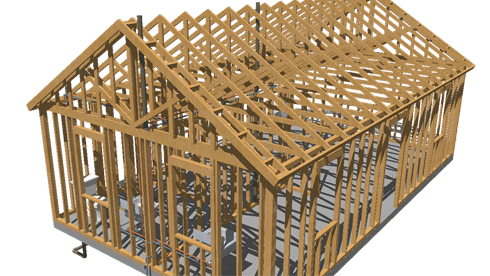
Complicated Renering of Framing: Clients may not need shadowing and texturising to understand their project. Don't forget. Clients can view this structure from the inside, the top, the bottom, the left, the right and make changes before construction begins!
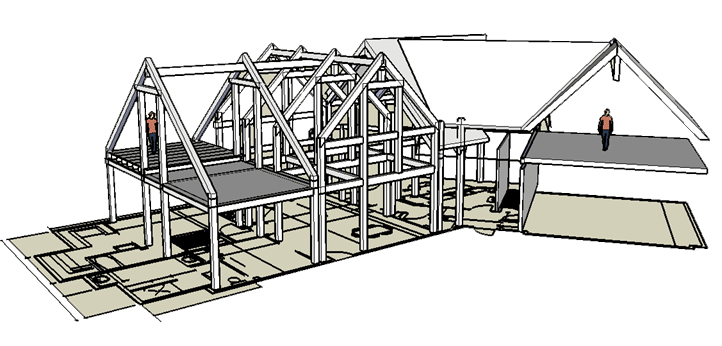
Simple Framing Rendering: There might not be any texturing or shadowing but you can see how clients can benifit from our work even before we finish our drawings!
